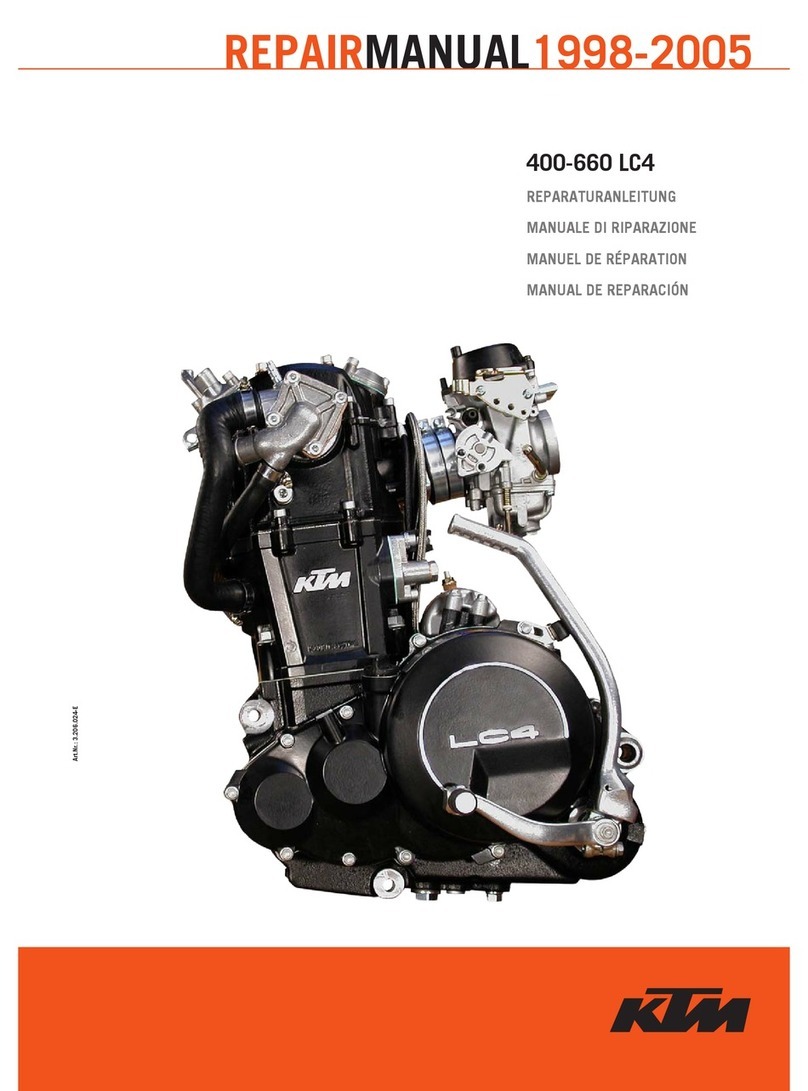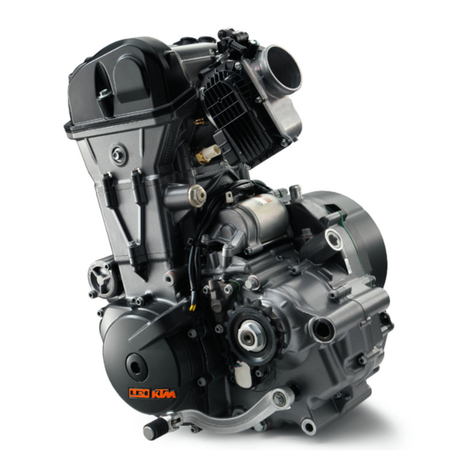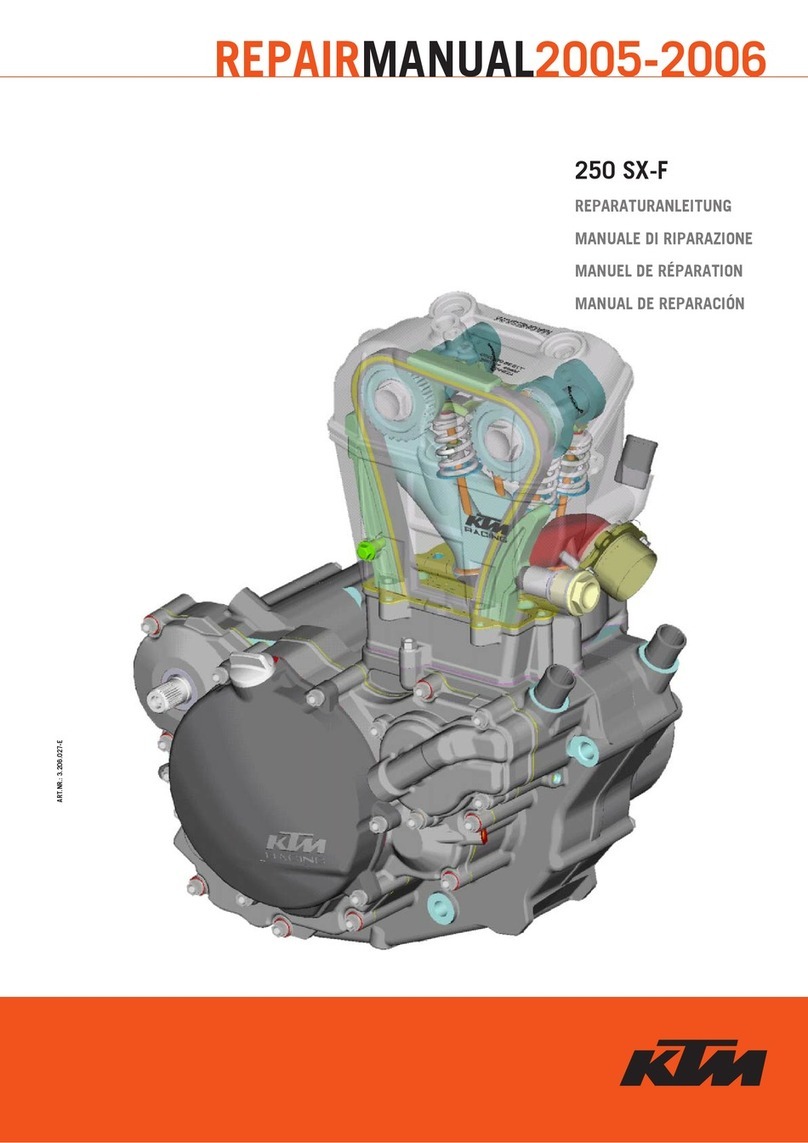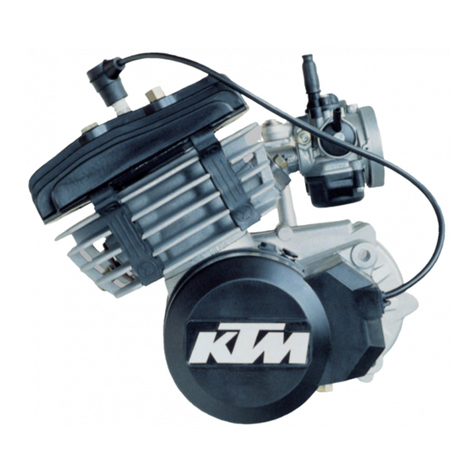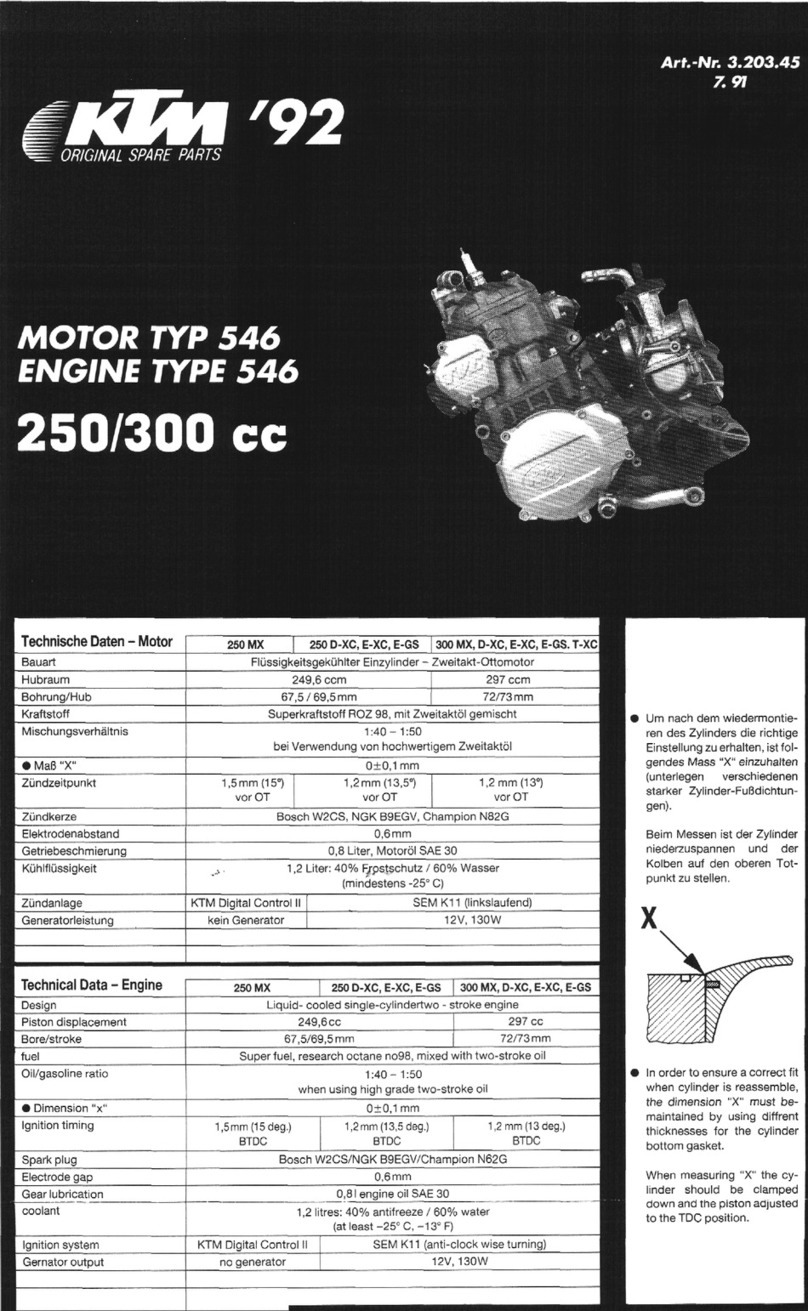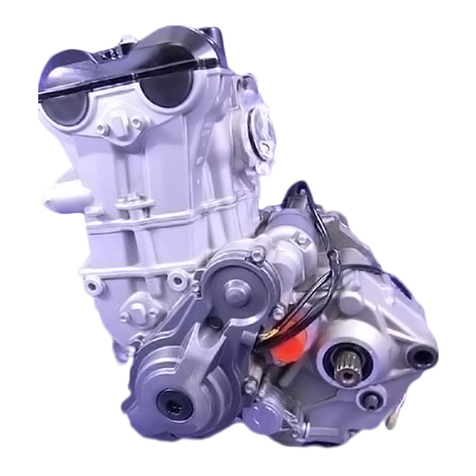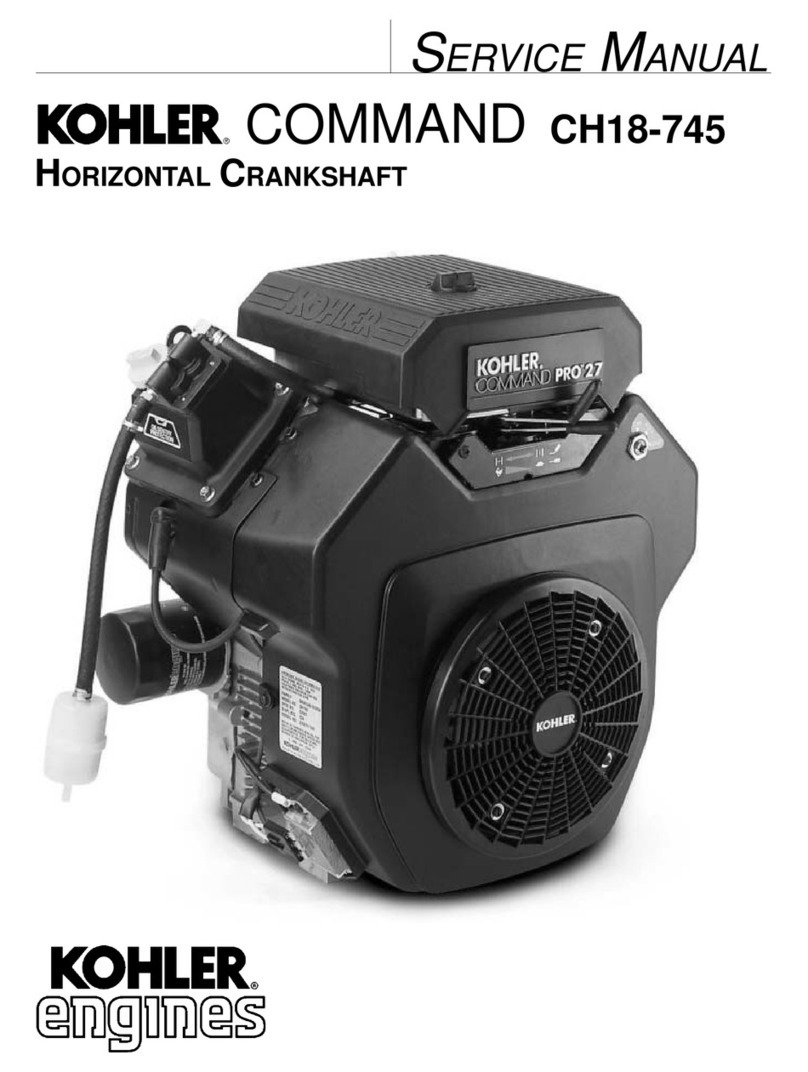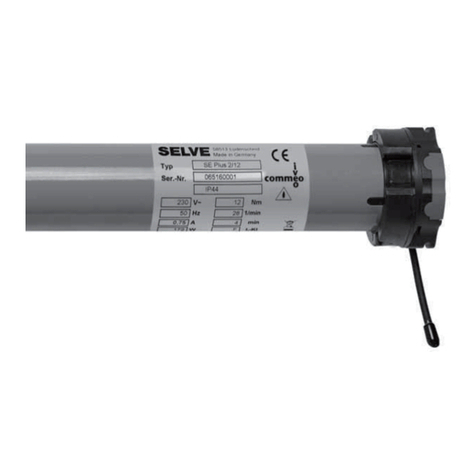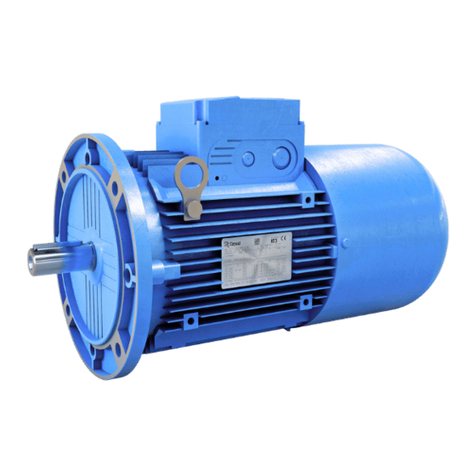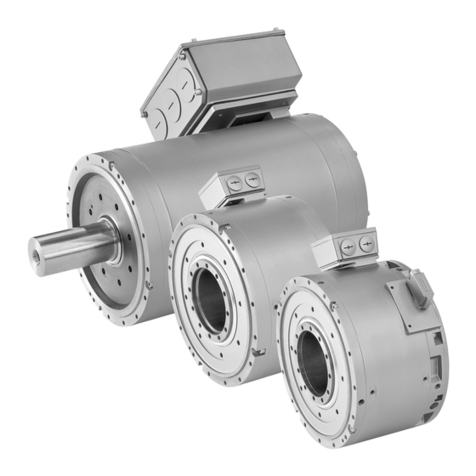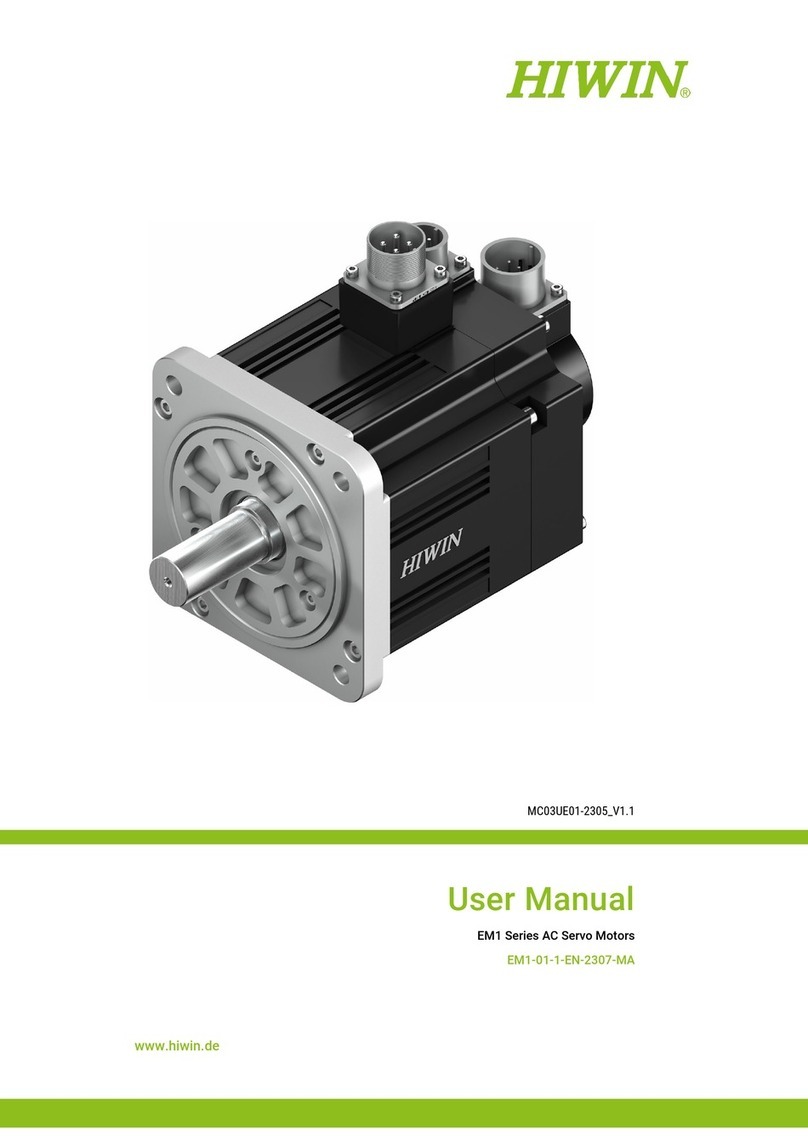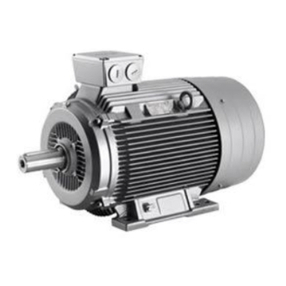1
3
1.3 Definitions
Mixture too rich:
Too much fuel in proportion to air.
Mixture too lean:
Not enough fuel in proportion to air.
1.3.1 Idling range A
Operation with closed throttle valve. This range is influenced by the position of the
air control screw 1and the idle adjusting screw 2. Only make adjustments when
the engine is hot.
To this end, slightly increase the idling speed of the engine by means of the idle adju-
sting screw. Turning it clockwise produces a higher idling speed and turning the
screw counterclockwise produces a lower idling speed. Create a round and stable
engine speed using the air control screw (basic position of the air control screw =
open by 1.5 turns). Then adjust to the normal idling speed by means of the idle adju-
sting screw.
1.3.2 Opening up B
Engine behavior when the throttle opens. The idle jet and the shape of the throttle
valve influences this range. If, despite good idling-speed and part-throttle setting, the
engine sputters and smokes when the throttle is fully opened and develops its full
power not smoothly but suddenly at high engine speeds, the mixture to the carbu-
retor will be too rich, the fuel level too high or the float needle is leaking.
1.3.3 Part-throttle range C
Operation with partly open throttle valve. This range is only influenced by the jet
needle (shape and position). The optimum part-throttle setting is controlled by the
idling setting in the lower range and by the main jet in the upper range. If the engi-
ne runs on a four-stroke cycle or with reduced power when it is accelerated with
the throttle partly open, the jet needle must be lowered by one notch. If then the
engine pings, especially when accelerating under full power at maximum engine
revs, the jet needle should be raised.
If these faults should occur at the lower end of the part throttle range at a four-stro-
ke running, make the idling range leaner; if the engine pings, adjust the idling range
richer.
1.3.4 Full throttle range D
Operation with the throttle fully open (flat out). This range is influenced by the main
jet and the jet needle. If the porcelain of the new spark plug is found to have a very
bright or white coating or if the engine rings, after a short distance of riding flat out,
a larger main jet is required. If the porcelain is dark brown or black with soot the
main jet must be replaced by a smaller one.
Explanation - Example
Compared to the needle N 85 A, the jet needle N 85 C is two steps leaner in the
range from the closed position of the throttle to 1/4throttle. Otherwise, there are
not differences.
1.4 Checking the float level
Arrange the Keihin carburetor diagonally at about 60° so that the spring in the float
needle valve is not pressed together. In this position, the edge of the float should be
parallel with the float chamber sealing surface (see illustration).
jet needle throttle valve open effect
N 85 A
N 85 B 0–1/4–
N 85 C 0–1/4––
N 85 D 0–1/4– – –
N 85 E 0–1/4– – – –
NOZ E
NOZ F 0–1/4–
NOZ G 0–1/4– –
NOZ H 0–1/4– – –
NOZ I 0–1/4– – – –
N 85 C 0–1/4––
1
2
main jet
jet needle
jet needle
air control screw
idle adjusting screw
idle jet
throttle valve
60°
